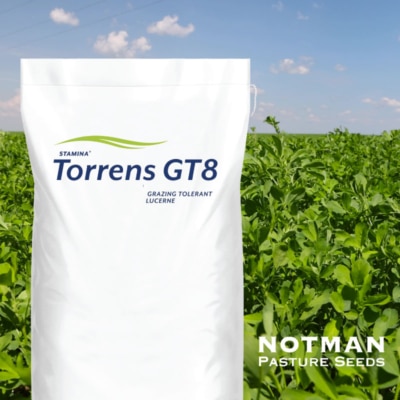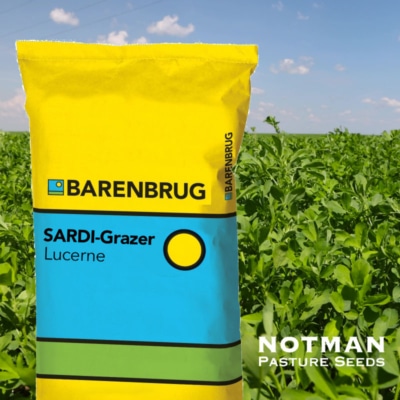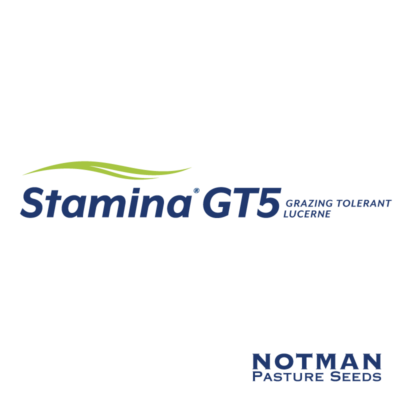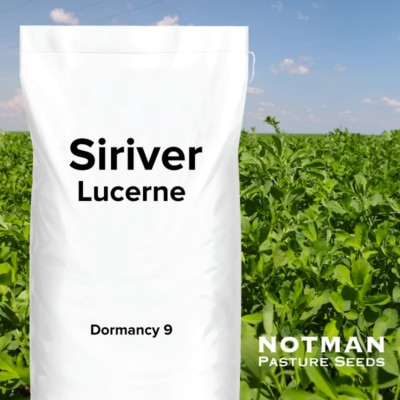Description
Reliable, durable lucerne performer
Aurora Lucerne is a cost-effective, reliable performer across a wide range of Australian soils — especially fragile or shallow types where many improved lucernes struggle. Bred by the New South Wales Department of Agriculture, released in 1986, as an alternative to Trifecta and Hunter River, Aurora has earned a reputation as a benchmark variety for persistence and production on tougher country.
With a balanced winter activity rating of 6, Aurora produces dense, leafy stands with fine stems and excellent feed quality. It combines good disease resistance with the durability to handle both grazing and hay programs under dryland or irrigation. Improved varieties have since been bred, but Aurora still has a strong fit where value, adaptability and proven performance matter.
Key benefits of Aurora Lucerne
- Cost-effective option: Affordable seed with dependable performance across diverse conditions.
- Benchmark persistence: Proven ability to establish and persist on fragile or lighter soil types.
- Australian-bred: Developed by NSW Department of Agriculture for local adaptation and reliability.
- Balanced winter activity (rating 6): Combines solid winter growth with long-term stand life.
- High-quality feed: Fine stems and leafy growth deliver palatable, nutritious hay and grazing feed.
- Versatile use: Suitable for both dryland and irrigated systems, under grazing or cutting rotations.
- Good disease resistance: Tolerant to common lucerne diseases including anthracnose and phytophthora.
| Variety | Aurora |
|---|---|
| Species | Lucerne |
| Type | Dual purpose, Grazing, Hay |
| Dormancy | Winter Activity 6 |
| Sowing rate | 8-25kg/ha |
| Sowing depth | 5-10mm |
| Minimum rainfall | 350mm p.a |
| pH (CaCl2) | 5.0-8.0 |
| Inoculant Group | Group AL Rhizobium |
| Unit size | 25kg |
| Annual rainfall | kg/ha |
|---|---|
| Marginal dryland (350 mm – 450 mm) | 4–8 |
| Dryland (450 mm – 600 mm) | 8–15 |
| Favourable dryland (600 mm – 800 mm) | 15–25 |
| High rainfall / irrigated (800 mm+) | 25 |











